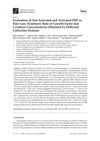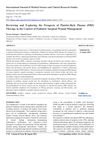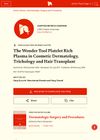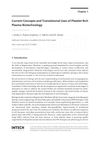Technical Procedures for Preparation and Administration of Platelet-Rich Plasma and Related Products: A Scoping Review
December 2020
in “
Frontiers in Cell and Developmental Biology
”
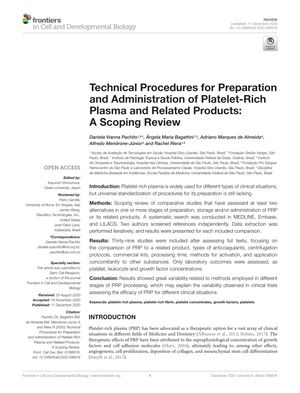
TLDR The review found that the way Platelet-Rich Plasma is made varies a lot, which can change the results of medical treatments.
The scoping review by Pachito et al. from December 2020 analyzed 39 studies to assess the variability in technical procedures for preparing and administering Platelet-Rich Plasma (PRP) and related products. The review found significant differences in PRP processing methods, which could affect clinical trial outcomes for various medical conditions. It highlighted the lack of standardization in PRP preparation, with variations in commercial kits, anticoagulants, activation methods, and centrifugation protocols impacting platelet, leukocyte, and growth factor concentrations. For instance, different commercial kits produced varying levels of growth factors, and anticoagulants like EDTA affected platelet morphology and viability. Activation methods and centrifugation protocols also influenced growth factor release and cell proliferation. The addition of certain substances to PRP could alter its characteristics, such as reducing tenocyte proliferation or increasing growth factor release. The review underscored the need for standardized PRP preparation protocols to optimize clinical outcomes, as the current variability in processing leads to inconsistent results. However, due to the lack of clinical trials comparing different PRP preparation methods, no definitive conclusions could be drawn about the best practices for PRP processing in terms of efficacy and safety.


